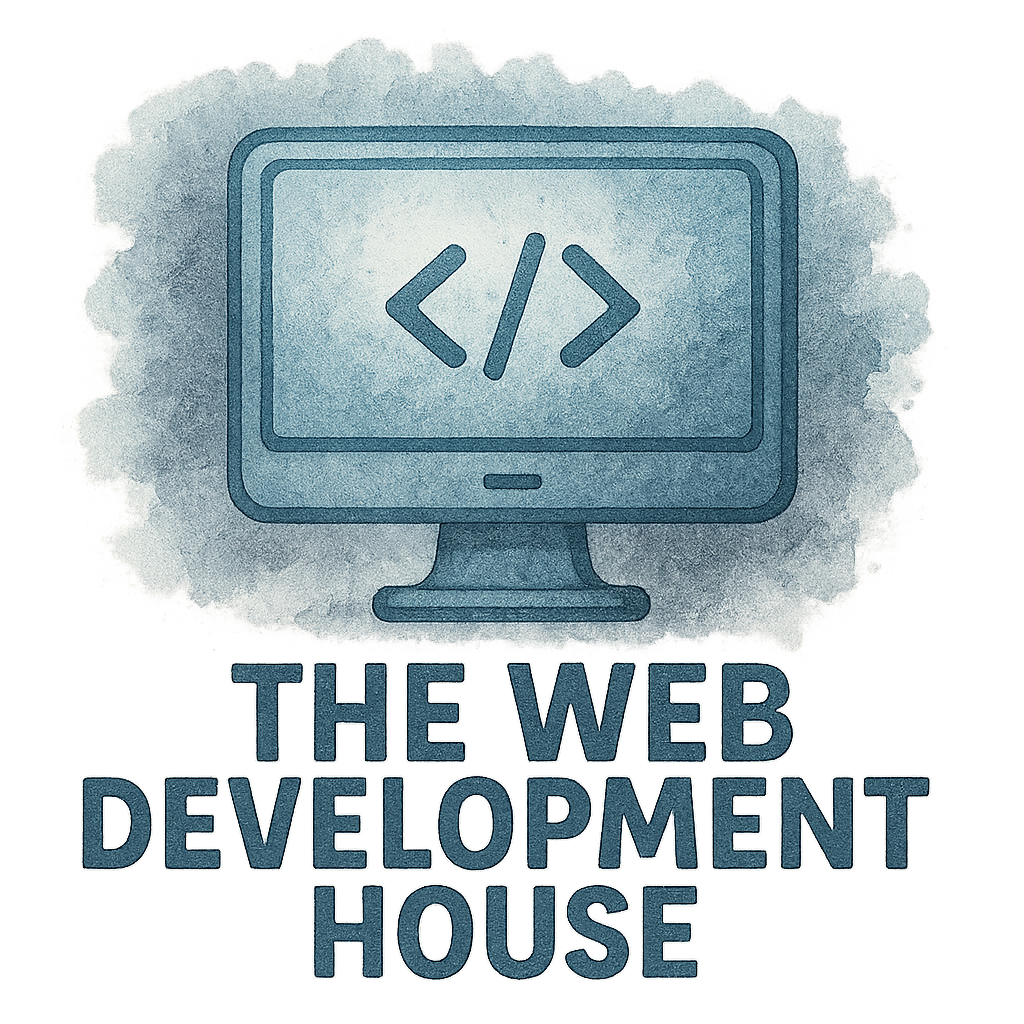Introduction: Why Web Security is Non-Negotiable
Imagine building a dream home with no locks on the doors. Sounds absurd, right? That’s exactly what it’s like to deploy a web application without robust security measures. In today’s digital ecosystem, web security isn’t just an option—it’s a foundation. With increasing cyber threats, top development houses must follow meticulous security practices to protect their clients and data integrity.
1. Implementing HTTPS Everywhere
The Role of SSL/TLS in Data Protection
SSL (Secure Sockets Layer) and TLS (Transport Layer Security) encrypt data between client and server. They are the first lines of defense against eavesdropping and tampering.
Why Top Dev Houses Default to HTTPS
It’s not just a Google ranking factor—HTTPS ensures secure transactions, protects user information, and builds trust. Check out how The WD House embraces HTTPS in their custom web development projects.
2. Secure Authentication Protocols
Multi-Factor Authentication (MFA)
Adding an extra verification step drastically reduces unauthorized access. MFA combines passwords with something you have (like a mobile device).
OAuth and OpenID Best Practices
OAuth and OpenID connect user accounts across platforms securely. Top dev houses follow best practices like token expiration and scope limitation.
3. Regular Security Audits and Penetration Testing
Third-Party Testing Services vs. In-House Teams
While in-house teams know the system, third-party services offer unbiased insights. Many development houses use both for comprehensive coverage.
Identifying Vulnerabilities Before Hackers Do
Catch flaws early by simulating attacks. Think of it as a stress test for your codebase.

4. Secure Code Practices From the Ground Up
Writing Clean, Validated Code
Security begins with code quality. Top dev houses enforce code reviews and linters to spot potential issues early.
Input Sanitization and Output Escaping
No user input should be trusted. Ever. Prevent injection attacks by validating inputs and escaping outputs—especially in UI/UX design layers.
5. Patch Management and Update Cycles
Staying Ahead of Zero-Day Vulnerabilities
Software becomes outdated fast. Regular updates ensure you’re not running vulnerable versions.
Automation in Patch Rollouts
Automated tools reduce human error and ensure timely patch deployment.
6. Role-Based Access Control (RBAC)
Least Privilege Principle in Action
Only grant access that’s necessary. That way, if credentials are compromised, damage is limited.
RBAC in Project Management Tools
Tools like The WD House’s project management solutions offer granular user roles to keep things tight.
7. API Security Best Practices
Rate Limiting and Throttling
Prevent abuse and DDoS attacks by controlling how frequently users can hit your API.
Token Management Strategies
Use secure, short-lived tokens with proper scopes. And always rotate them periodically.
8. DevSecOps Integration
Shifting Left in the Development Lifecycle
Security isn’t just an afterthought. DevSecOps bakes it in from day one.
Collaboration Between Dev and Security Teams
Top dev houses foster a company culture where devs and security experts work hand-in-hand.
Conclusion: The Future of Secure Web Development
Securing a website is a marathon, not a sprint. The best dev houses—like The WD House—understand that good security practices evolve constantly. Whether it’s writing secure code, managing patches, or integrating DevSecOps, the goal remains the same: a safer web for everyone.
FAQs
1. What is the most critical web security practice?
Using HTTPS and secure authentication protocols are foundational for modern web applications.
2. How often should penetration testing be performed?
Ideally quarterly, or whenever significant updates are made.
3. What is DevSecOps?
A development philosophy that integrates security from the start rather than bolting it on later.
4. Can small dev teams afford enterprise-level security?
Yes! Tools and practices scale. Even small dev teams can follow secure protocols effectively.
5. Why is input validation so important?
It prevents malicious data from being executed, reducing risks of SQL injection, XSS, etc.
6. How does RBAC differ from traditional access control?
RBAC assigns permissions based on user roles, making it more flexible and secure.
7. Where can I learn more about secure development practices?
Explore tags like best practices, dev house, and core values on The WD House website.

